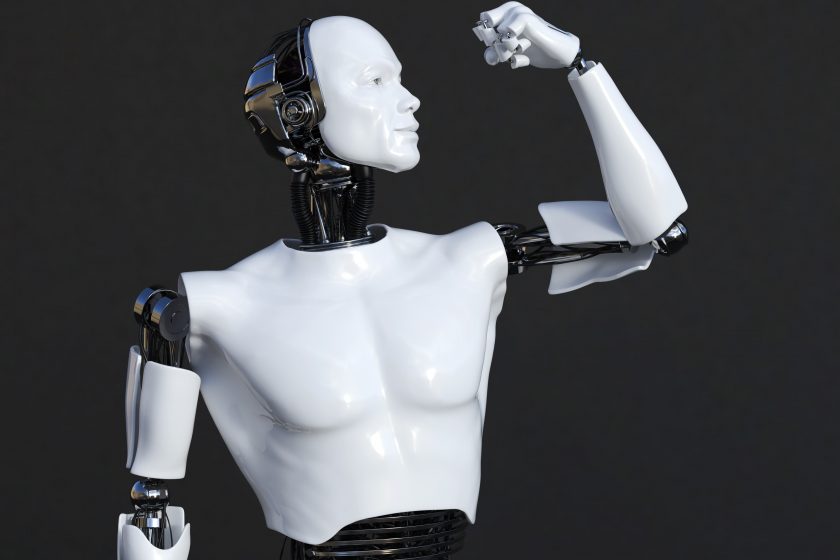Kristina Kadlas Blümelová, Technický Deník

Thermal imaging scanners are marginally used in medicine, but their technological limits prevent their wider application in practice. However, the research team led by Adam Chromý from the group Cybernetics and Robotics CEITEC BUT managed to develop a robotic 3D scanner RoScan, which, thanks to its design, sensor installation and unique calibration method, managed to cope with the biggest thermal imaging problems and helped patients at the diabetology clinic University Hospital at St. Anny in Brno.
RoScan is basically a robotic manipulator equipped with 3 types of sensors. Why did you use an industrial arm for construction?
There are quite a few 3D scanners available on the market, but they are all basically a compromise. They either have a small measurement deviation, but at the same time, they are not very flexible, because they often move on rails, for example. Or they are flexible enough, usually in the form of a hand-held device, but their disadvantage is their low accuracy.
We were therefore looking for a solution that could combine the advantages of both variants. We finally found this in a common industrial, robotic, six-axis arm, which provides great flexibility, and at the same time, by being still connected by a coordinate system, we do not lose accuracy with movement. A standard and thermal imaging camera complete with a laser rangefinder are attached to the arm. Thanks to him, we know exactly where the arm is located, which direction the rangefinder is looking at and what distance. We can calculate where the measured point is located in space.
The measurement is repeated many times and as a result, a 3D model of the scanned object is created. During the creation of the 3D model, scanning is also performed with a conventional and thermal imager, and we then map these photographs to the surface of the model.
Described in this way, it actually sounds very simple.
One of the hardest nuts was accuracy. In order to maintain a measurement deviation of a maximum of 0.05 mm, the camera must be mounted with an accuracy of tens of thousands of degrees. However, this is not technically possible, because if the screw on the camera is tightened a little, the precision at the bottom of the scanning pad at the base of the shoulder will start by a few tenths of a millimetre. So even if we set the camera at angles that we think are correct, some deviations will eventually occur and the images do not fit together exactly.
Therefore, we have developed a calibration method that calculates the correct angles with accuracy to the required tens of thousands of degrees. It consists not only of a system of equations, but also our own software, and thanks to these calculations, the images on the 3D model fit us perfectly.
Where can RoScan be used?
RoScan has many different applications, we focused our research mainly on medical applications, because we see the greatest potential here. Thermovision could help a lot in medicine, but it has three major pitfalls that prevent its mass spread. And so, with RoScan, we tried to solve these problems so that thermal imaging was effective and could really help doctors.
The problem with the resolution of the thermal imaging camera was crucial for us. Although developments are still moving forward, the resolution of thermal imagers is a decimal compared to conventional sensors used in mobile phones, for example. This is a big limit, because either we are able to take a picture of the whole person, but the image is rough, without details, or we can take a small part of the body very close. The image then has a lot of details, but it is only a small cut-out, which is not enough. The doctor usually needs to see a large area and with high resolution. So we went the way of partial sections, which we then map to a 3D model, thanks to which we can create an image of the whole with perfect thermal imaging resolution. You could say that we glue the detailed cut-outs to each other very precisely. If you do not have 3D technology, you will never fit the sub-images well, because the individual images do not contain accurate spatial information. But we have it, and so we can do it.
